Market Share
Aicardi Syndrome Market Share Analysis
Market for Aicardi Syndrome which exists in the rare genetic disorders market has its own unique strategies for securing a competitive position and solving special issues associated with this disease. Key among them is therapeutic innovation where companies spend significantly on research and development to create advanced treatments targeting individual needs of patients suffering from Aicardi Syndrome. These innovative products are aimed at improving quality of life, managing symptoms better, and giving hope to patients and their families. The introduction of state-of-the-art therapies into the market is intended to differentiate one’s company from other participants as well as achieve considerable portion in treatment landscape of Aicardi Syndrome.
Pricing approaches are essential determinants of market shares within the Aicardi Syndrome sector. In most cases, pricing rare disease drugs presents unique challenges due to their specialized nature. Some may choose a patient-centered focus that ensures individuals can afford life-changing treatments for themselves or loved ones. Others would rather employ value-based pricing whereby they highlight the unique benefits and outcomes accompanying their Aicardi Syndrome medications so as to justify high costs thereof. The right balance between affordability and perceived value is critical in order not to exclude many who might benefit from these essential therapeutics while providing enough resources to support continued research and development activities.
A’s success in Aicardi syndrome market hinges on collaborations: given how complicated rare genetic disorders can be, it is not unusual that companies frequently enter into strategic alliances with institutions doing medical researches, neurologists, advocacy campaigns for patients etc., combining efforts on knowledge sharing, resource pooling and moving forward through the maze of development towards successful treatment options for this specific population group suffering from Aicardi syndrome. This makes possible a faster race through research and regulation stages; more effective clinical trial findings; stronger distribution networks — all elements that make up grounds for successful presence at the top level of businesses operating within treatment domain under consideration.
Influence over market share in the segment of curing Aicardi Syndrome is determined mainly by marketing and branding strategies. To increase awareness about the condition, demonstrate advantages of their treatment methods to physicians and patients, gain trust of doctors or healthcare providers as well as members of patient communities in general, companies are usually compelled to spend on large-scale advertising campaigns that are more humane in nature. This is achieved through educational initiatives, participation in rare disease forums and employment of digital communication channels which create a strong brand presence hence shaping market share determinants at the end.
Companies aiming to consolidate their positions in the segment of Aicardi syndrome treatment consider geographical expansion as a strategic move. Identifying regions with a high prevalence rate for these conditions and assigning appropriate strategies to meet specific local healthcare needs is a significant step towards success. In addition, successful market expansion into different countries requires that products should be customized for local cultural differences and legal frameworks through which they will be sold alongside programs meant to educate patients properly thus establishing an inclusive global footprint.
To maintain leadership position and expand into new markets within business unit concerned with curing Aicardi syndrome continuous investments must be made into post-market surveillance systems, patient registries and support programs. Proactive follow-up on safety records and treatment outcomes coupled with adequate education schemes targeting families plus other beneficiaries around health care system helps in maintaining the confidence levels given by these two groups of stakeholders. This ongoing commitment towards patients’ best interest contributes not only to continued business growth but also makes companies look responsible and compassionate players involved in treating segment called Aicardi syndrome.

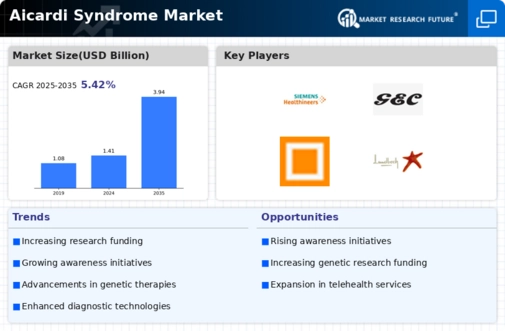
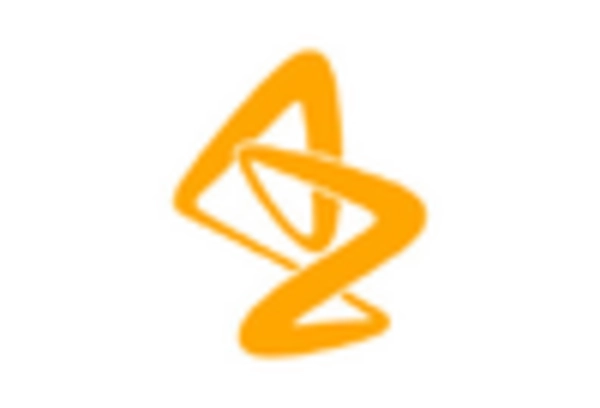
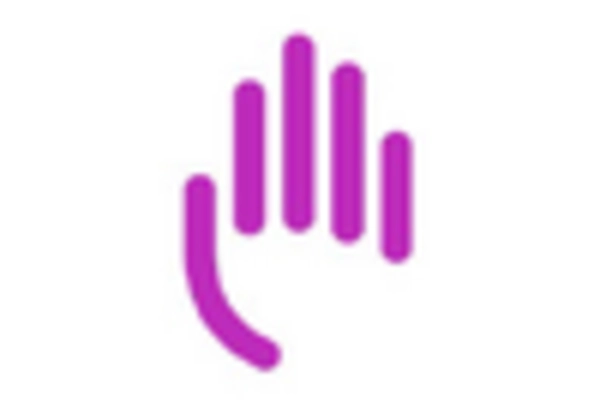

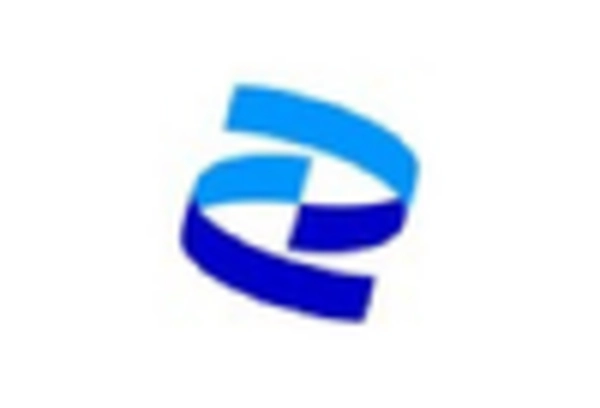
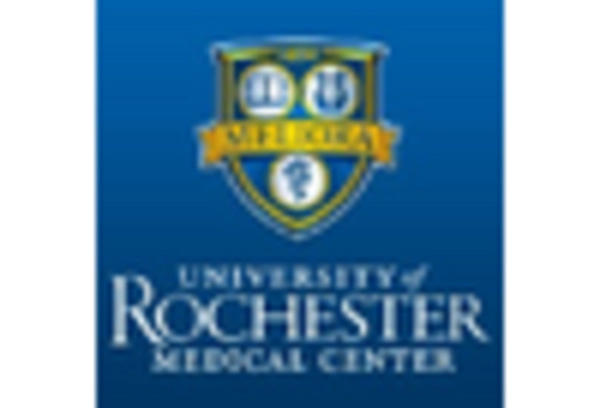
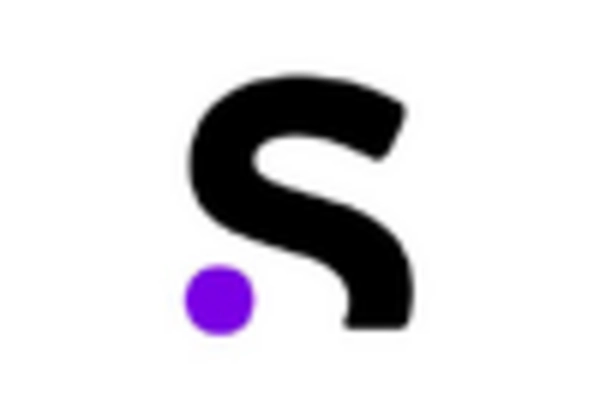
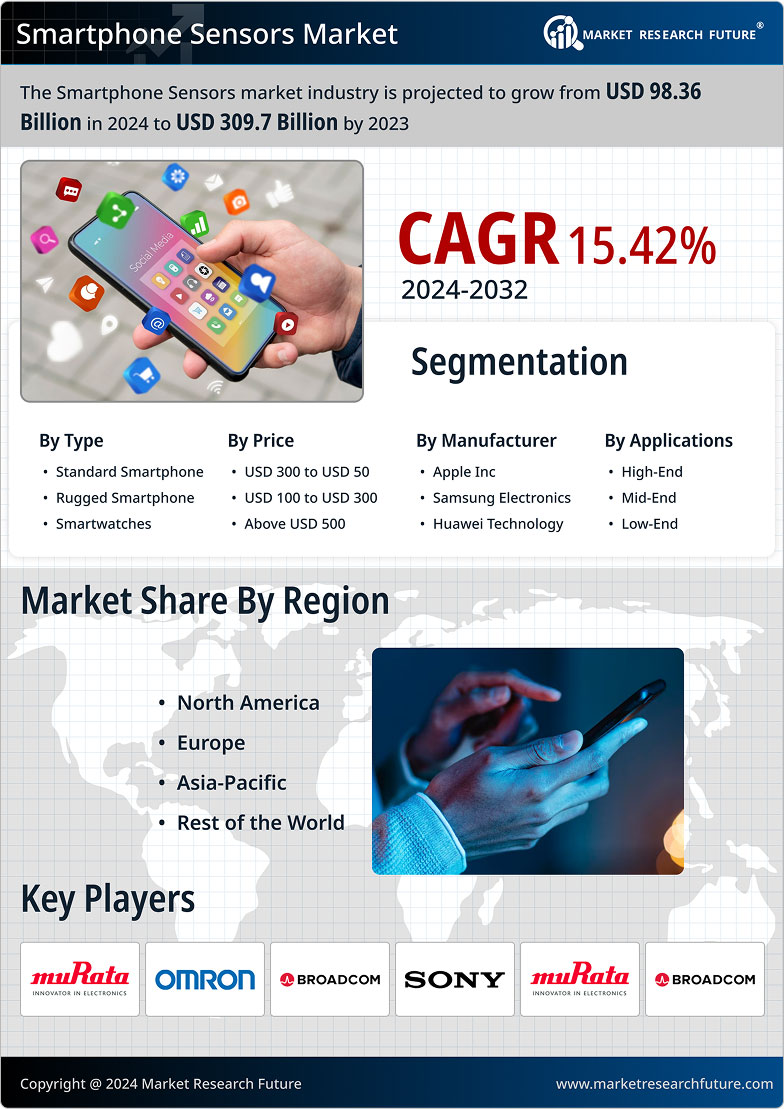








Leave a Comment